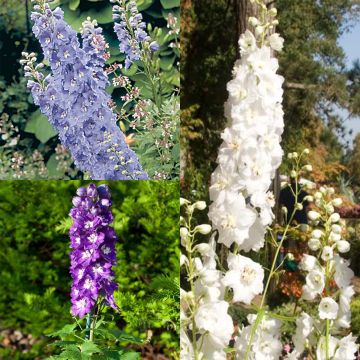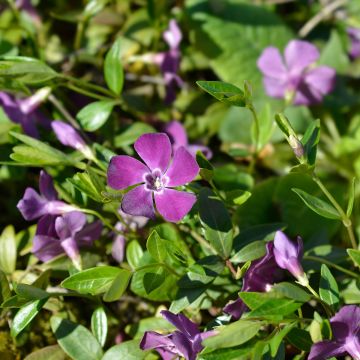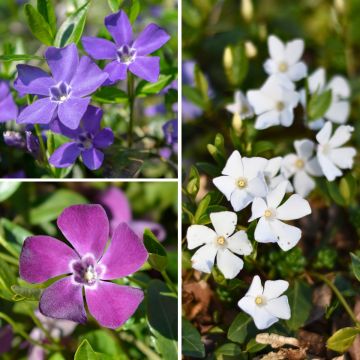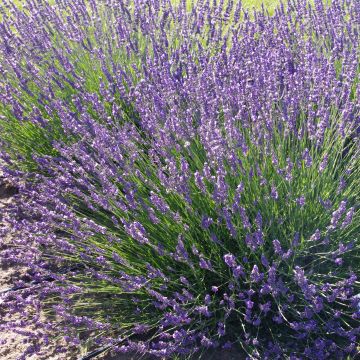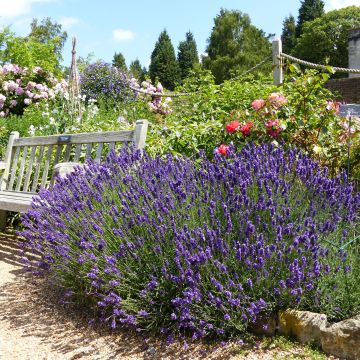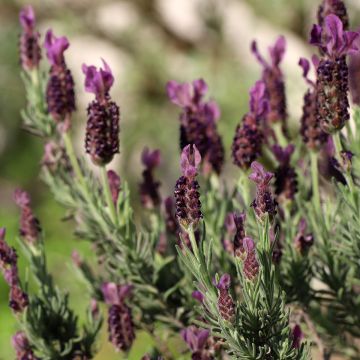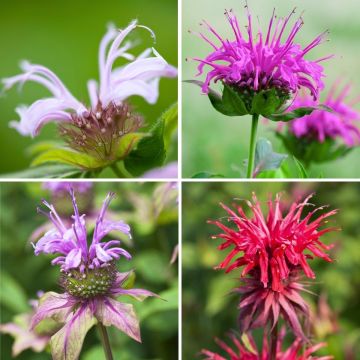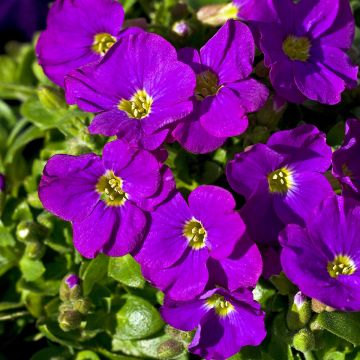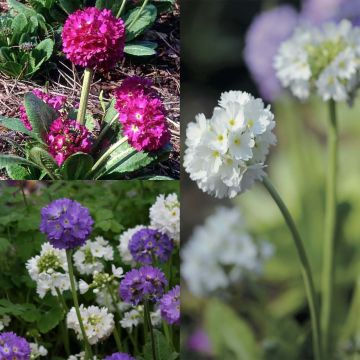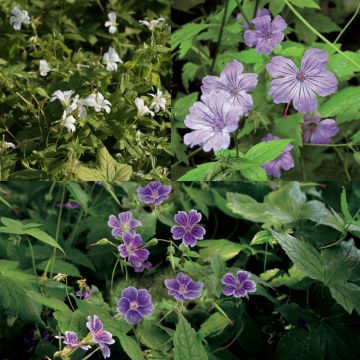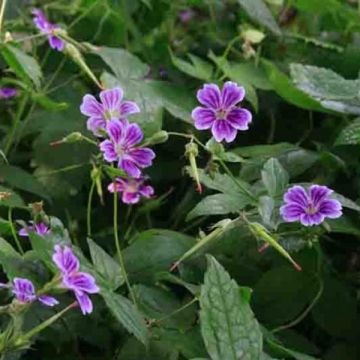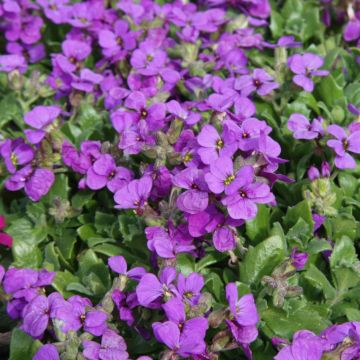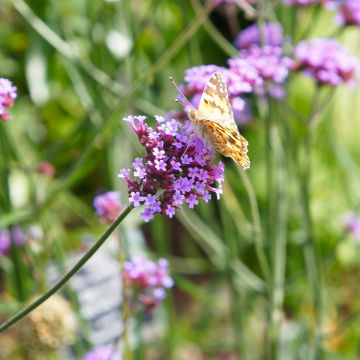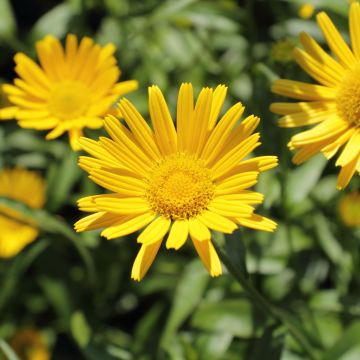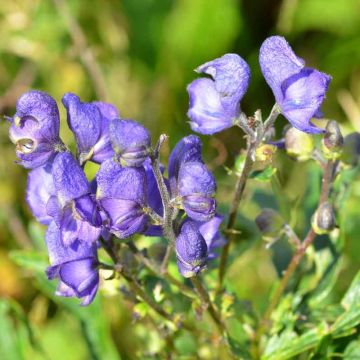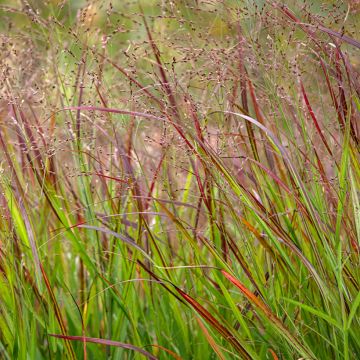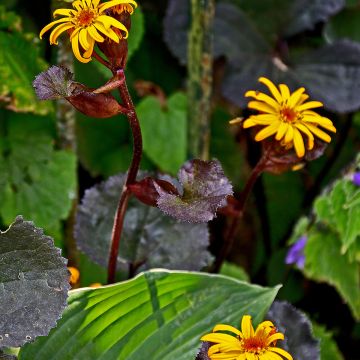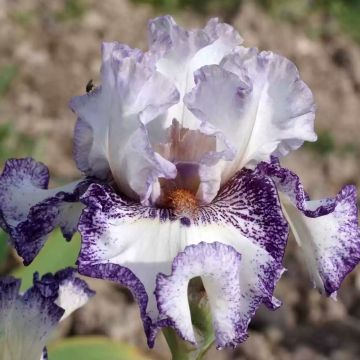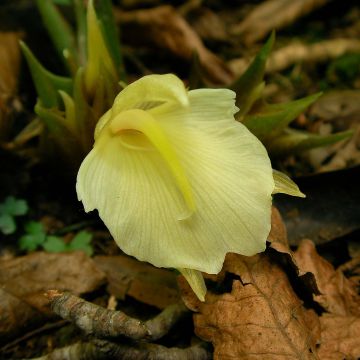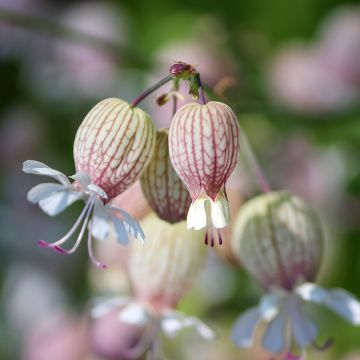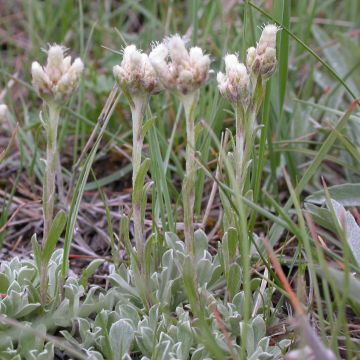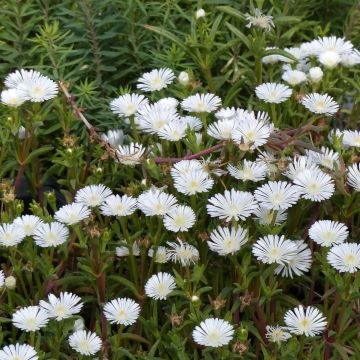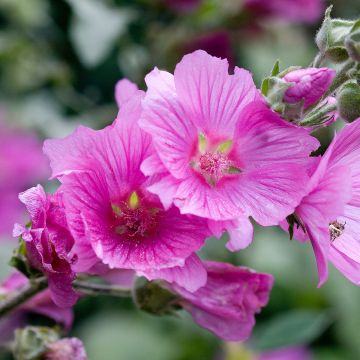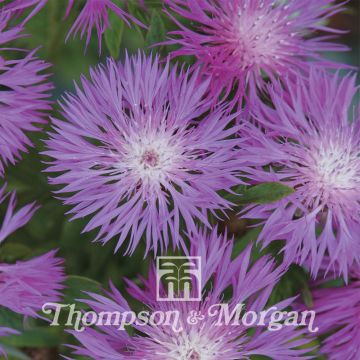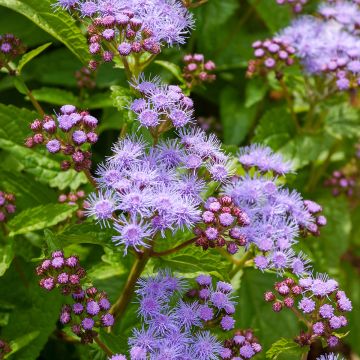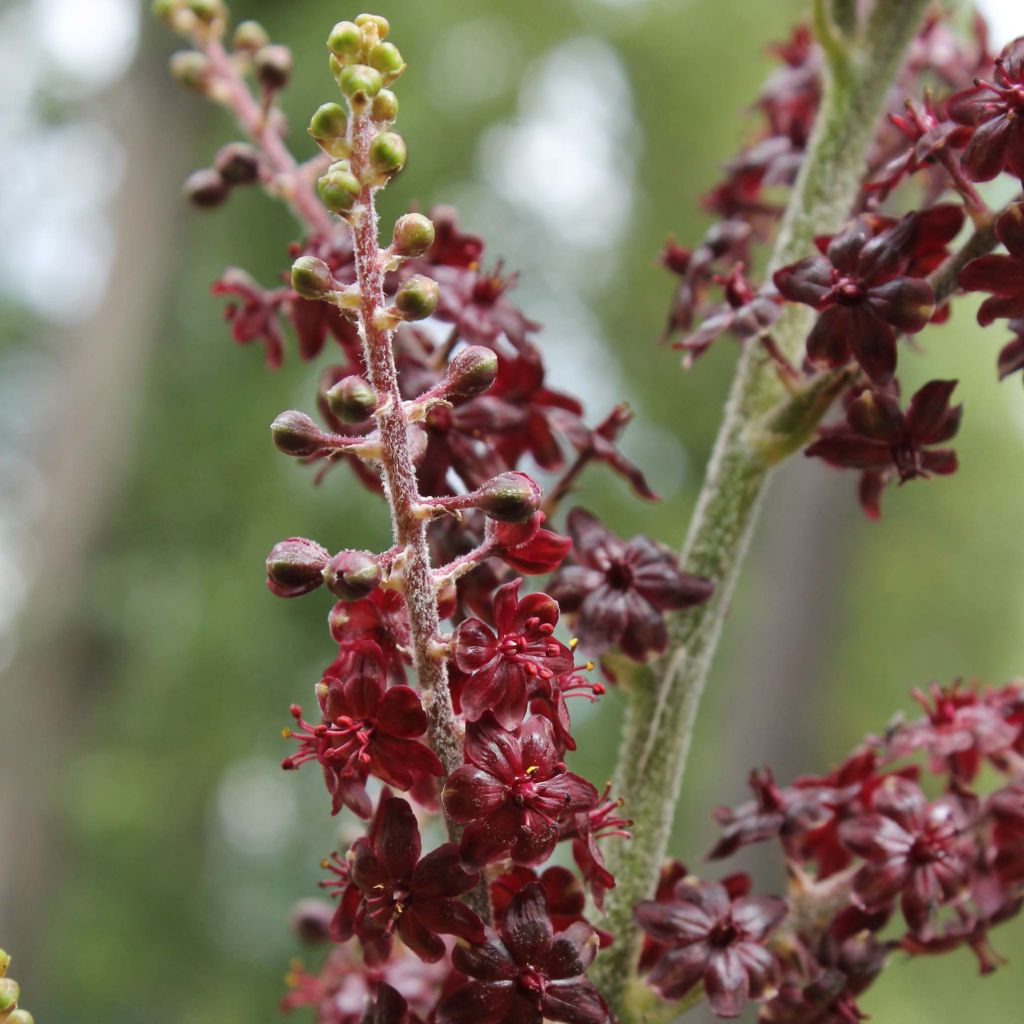

Veratrum nigrum
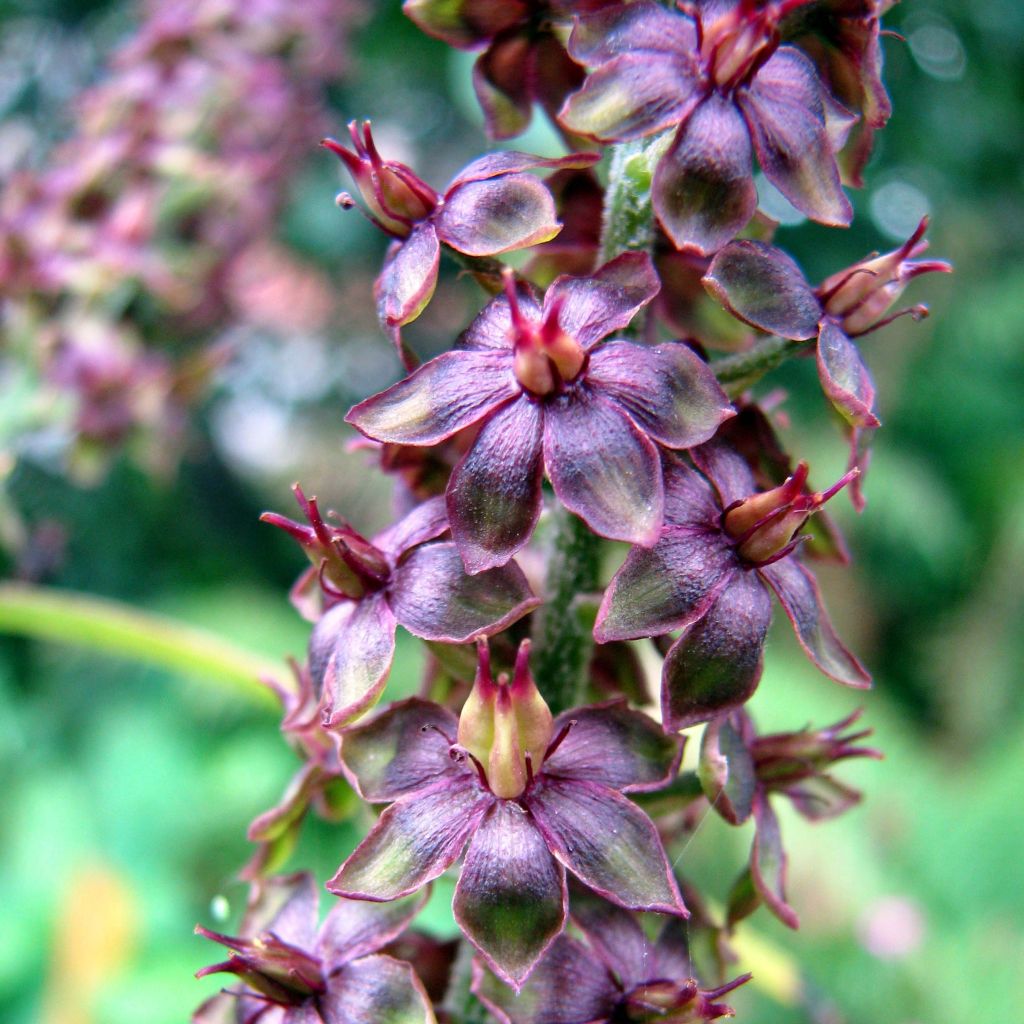

Veratrum nigrum
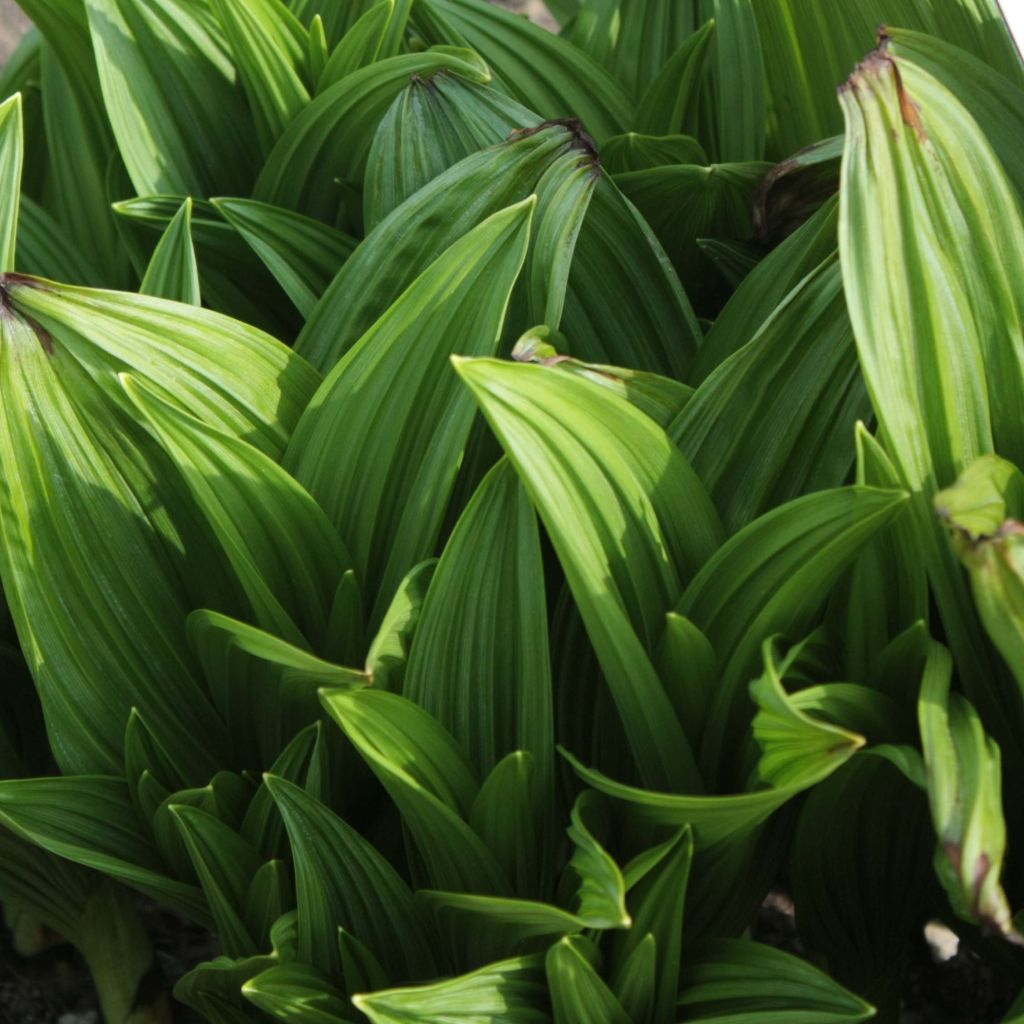

Veratrum nigrum
Veratrum nigrum
Veratrum nigrum
Black False Hellebore
Vine-plant dès réception en novembre. En attente du printemps !
Chantal, 28/12/2022
Why not try an alternative variety in stock?
View all →This plant carries a 12 months recovery warranty
More information
We guarantee the quality of our plants for a full growing cycle, and will replace at our expense any plant that fails to recover under normal climatic and planting conditions.
From €5.90 for pickup delivery and €6.90 for home delivery
Express home delivery from €8.90.


Does this plant fit my garden?
Set up your Plantfit profile →
Description
Veratrum nigrum, also called Black Hellebore or false Hellebore, is an astonishing, rare plant, native to the mountains of Southern Europe and Asia. This majestic perennial has ovate and pleated foliage similar to hostas, while its dark and branching high candles in summer are like mulleins or rhubarbs. Its small star-shaped flowers are very dark, a brown-purple violet, almost black depending on the light. It is simply beautiful and also hardy, robust, and fairly easy to grow in humus-rich and moist soil, in partial shade or dappled sunlight.
Veratrum nigrum belongs to the melanthiaceae family and is a cousin of trilliums. Black hellebore is a perennial herbaceous plant that forms a strong crown anchored on an underground rootstock. The plant will easily reach 1.40 m (5ft) in flower, even more in fertile soil, but it grows slowly, only reaching its final size after 25 years. It produces a basal rosette of large ovate and entire leaves, up to 30 cm (12in) long, in spring. They are light green and slightly shiny with very pronounced parallel veins. It flowers for around a month in summer, from June to August depending on the climate. Robust floral stems with sheathing leaves emerge from the rosette and produce large, branching inflorescences of star-shaped flowers with 6 very dark petals, in a mix of red, brown, and violet. They are tightly packed together and curiously fragrant. The whole plant contains toxic alkaloids in its tissues.
Black hellebore is a robust and original perennial of high mountains and open and cool spaces. Natural scenes in wilder areas of the garden will be transformed by its presence. It tolerates light shade well and its flowers will last longer and be more colourful. Plant it with shade-loving plants like Actaea simplex Brunette or tiarellas. Plants with lighter foliage like Acanthus Whitewater or Phalaris Picta, will highlight the flowers. In a mountain garden, it can be grouped with aconites and purple foxgloves, wild chicory, or the wonderful purple fennel. It can be grown in a pot, but it will need to be very large to accommodate its roots.
Report an error about the product description
Veratrum nigrum in pictures
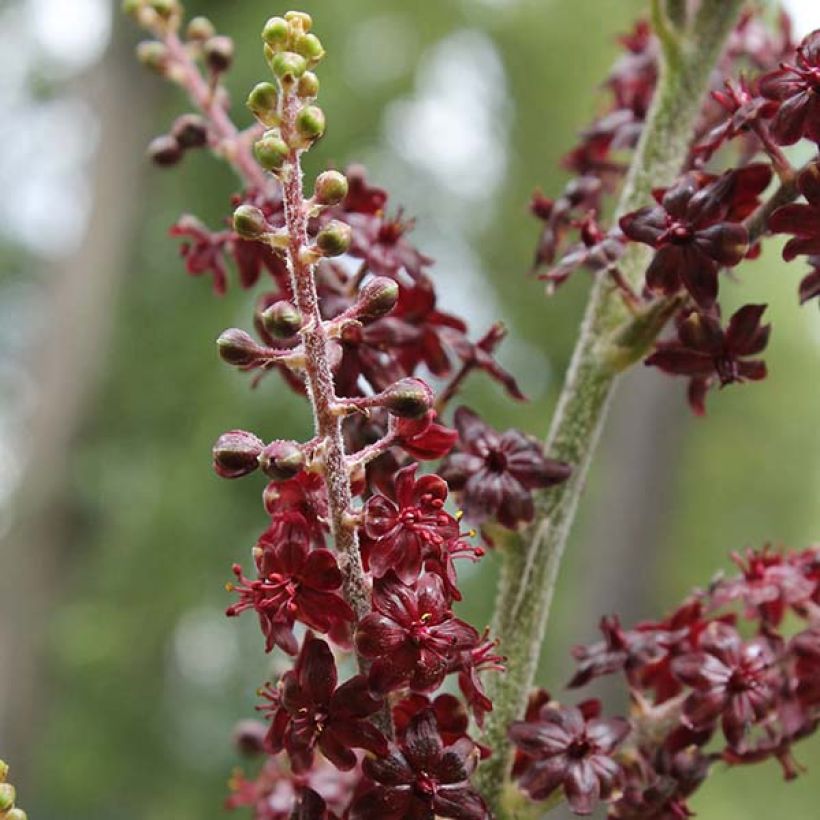

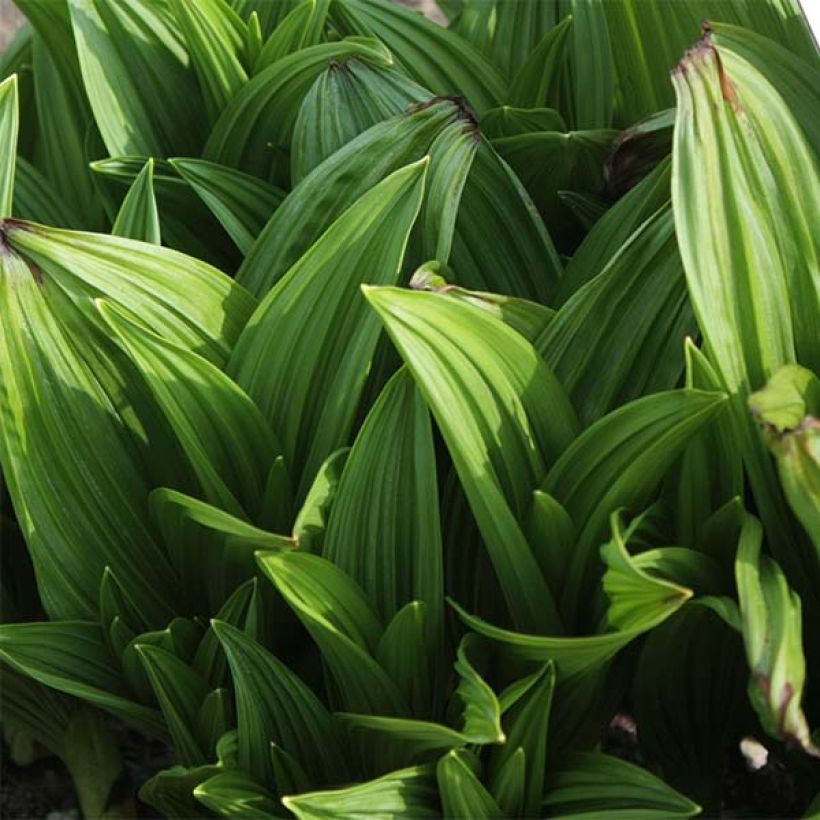

Flowering
Foliage
Plant habit
Botanical data
Veratrum
nigrum
Melanthiaceae (Liliaceae)
Black False Hellebore
Alps
Other Perennials A to Z
Planting and care
Veratrums thrive in light sun or clear woodland, in a sheltered position away from strong winds. Veratrum nigrum prefers deep, moist, fertile, slightly acidic to neutral soil and a shady spot, but tolerates the sun if the soil is consistently moist during the growing season, use mulch to retain moisture. Once flowering is finished, the plant can fend for itself and tolerate dry soils well. The soil should be enriched with compost and organic matter to give it a slight acidity. Stake taller flower spikes to prevent bending. Caution, black hellebore is toxic.
Planting period
Intended location
Care
-
, onOrder confirmed
Reply from on Promesse de fleurs
Summer flowering perennials
Haven't found what you were looking for?
Hardiness is the lowest winter temperature a plant can endure without suffering serious damage or even dying. However, hardiness is affected by location (a sheltered area, such as a patio), protection (winter cover) and soil type (hardiness is improved by well-drained soil).

Photo Sharing Terms & Conditions
In order to encourage gardeners to interact and share their experiences, Promesse de fleurs offers various media enabling content to be uploaded onto its Site - in particular via the ‘Photo sharing’ module.
The User agrees to refrain from:
- Posting any content that is illegal, prejudicial, insulting, racist, inciteful to hatred, revisionist, contrary to public decency, that infringes on privacy or on the privacy rights of third parties, in particular the publicity rights of persons and goods, intellectual property rights, or the right to privacy.
- Submitting content on behalf of a third party;
- Impersonate the identity of a third party and/or publish any personal information about a third party;
In general, the User undertakes to refrain from any unethical behaviour.
All Content (in particular text, comments, files, images, photos, videos, creative works, etc.), which may be subject to property or intellectual property rights, image or other private rights, shall remain the property of the User, subject to the limited rights granted by the terms of the licence granted by Promesse de fleurs as stated below. Users are at liberty to publish or not to publish such Content on the Site, notably via the ‘Photo Sharing’ facility, and accept that this Content shall be made public and freely accessible, notably on the Internet.
Users further acknowledge, undertake to have ,and guarantee that they hold all necessary rights and permissions to publish such material on the Site, in particular with regard to the legislation in force pertaining to any privacy, property, intellectual property, image, or contractual rights, or rights of any other nature. By publishing such Content on the Site, Users acknowledge accepting full liability as publishers of the Content within the meaning of the law, and grant Promesse de fleurs, free of charge, an inclusive, worldwide licence for the said Content for the entire duration of its publication, including all reproduction, representation, up/downloading, displaying, performing, transmission, and storage rights.
Users also grant permission for their name to be linked to the Content and accept that this link may not always be made available.
By engaging in posting material, Users consent to their Content becoming automatically accessible on the Internet, in particular on other sites and/or blogs and/or web pages of the Promesse de fleurs site, including in particular social pages and the Promesse de fleurs catalogue.
Users may secure the removal of entrusted content free of charge by issuing a simple request via our contact form.
The flowering period indicated on our website applies to countries and regions located in USDA zone 8 (France, the United Kingdom, Ireland, the Netherlands, etc.)
It will vary according to where you live:
- In zones 9 to 10 (Italy, Spain, Greece, etc.), flowering will occur about 2 to 4 weeks earlier.
- In zones 6 to 7 (Germany, Poland, Slovenia, and lower mountainous regions), flowering will be delayed by 2 to 3 weeks.
- In zone 5 (Central Europe, Scandinavia), blooming will be delayed by 3 to 5 weeks.
In temperate climates, pruning of spring-flowering shrubs (forsythia, spireas, etc.) should be done just after flowering.
Pruning of summer-flowering shrubs (Indian Lilac, Perovskia, etc.) can be done in winter or spring.
In cold regions as well as with frost-sensitive plants, avoid pruning too early when severe frosts may still occur.
The planting period indicated on our website applies to countries and regions located in USDA zone 8 (France, United Kingdom, Ireland, Netherlands).
It will vary according to where you live:
- In Mediterranean zones (Marseille, Madrid, Milan, etc.), autumn and winter are the best planting periods.
- In continental zones (Strasbourg, Munich, Vienna, etc.), delay planting by 2 to 3 weeks in spring and bring it forward by 2 to 4 weeks in autumn.
- In mountainous regions (the Alps, Pyrenees, Carpathians, etc.), it is best to plant in late spring (May-June) or late summer (August-September).
The harvesting period indicated on our website applies to countries and regions in USDA zone 8 (France, England, Ireland, the Netherlands).
In colder areas (Scandinavia, Poland, Austria...) fruit and vegetable harvests are likely to be delayed by 3-4 weeks.
In warmer areas (Italy, Spain, Greece, etc.), harvesting will probably take place earlier, depending on weather conditions.
The sowing periods indicated on our website apply to countries and regions within USDA Zone 8 (France, UK, Ireland, Netherlands).
In colder areas (Scandinavia, Poland, Austria...), delay any outdoor sowing by 3-4 weeks, or sow under glass.
In warmer climes (Italy, Spain, Greece, etc.), bring outdoor sowing forward by a few weeks.

































